So, your child knows his letters. I mean he really knows them. He can identify them out of order and knows most, if not all the sounds. What’s the next step? How do you get your child to move from letters to reading words?
Let’s stop and talk a bit about how kids learn to read. And what comes after the ABCs? There is a developmental progression most readers take and today, we’re going to explore it together.
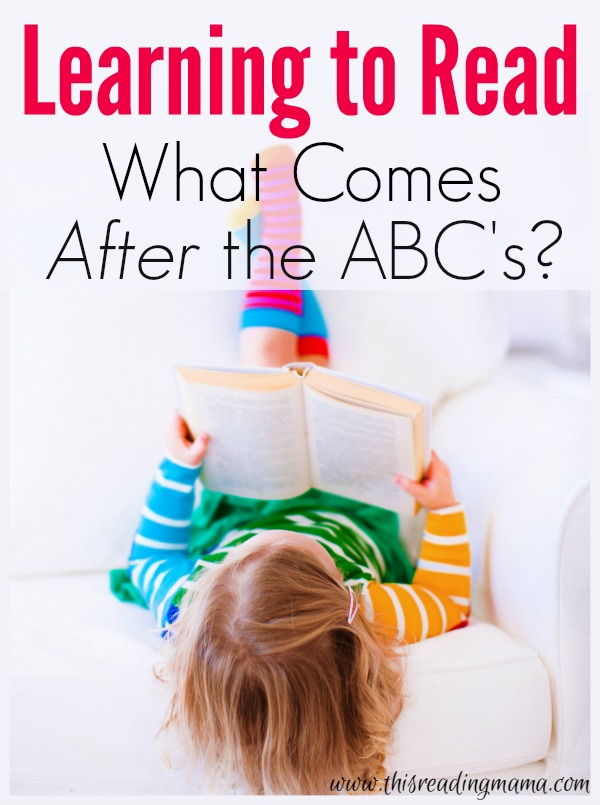
*This post contains affiliate links.
Learn to Read: The Foundation
Before we get too far into the next steps, it is important to understand that learning to read is more than just knowing letters and letter sounds.
To learn more about these important pre-reading skills, I encourage you to read Is My Child Ready to Read? or 5 Things Kids Need to Know Before They’re Ready to Sound it Out.
Learn to Read: After the ABCs
After kids have a solid foundation in letters and phonological awareness, as we mentioned above, here are some next steps developmentally that you can take to help them learn to read. Please note that even though these are numbered 1 through 5, we are integrating and doing all of these things together.
1. SHORT VOWEL WORDS FOR READING AND SPELLING
Short vowel words are the best place to start. Why short vowels? Because the patterns for short vowels are much more consistent than the patterns for long vowel words, making them easier read and spell. Below you’ll find the natural progression of teaching short vowel words to beginning readers.
- Short vowel word families. I start by teaching the child how to read words within the SAME word family with hands-on activities, like the ones from Learn to Read. If you’re looking for an app, my Short Vowel Word Study App also has game-like activities for word families, too!
- Once the child can read words from one word family, I study two or three word families at the same time, such as AT words with AG words or AT words with OT words. The process of teaching word families can take several months with young readers, so don’t rush it. You’re building a strong foundation for reading and spelling.
- After kids are solid in reading a variety of short vowel word families, I remove the words from the support of their word families and work on reading various short vowel words, like in our Short Vowel Word Building Pack or Level 2 of my Short Vowel Word Study App.
- When a child can show me that he can read most short vowel words, I introduce blends and digraphs with the short vowel words like those found in my Blend BINGO pack. Reading and spelling words that have these more complicated patterns is harder developmentally and takes a good ear, which we’ll talk about next.
2. PHONEMIC MANIPULATION
Once rhyming and syllables are under the child’s belt, we want to develop the child’s ear for words and sounds even further. This means that we start breaking words down into their individual sounds or phonemes. When doing this kind of sound work, I like to remove the visual letters completely. We play sound games, with pictures or objects around the house.
- Phoneme Isolation– Phoneme Isolation games sound like: “What sound do you hear at the beginning of ‘apple’?” Kids typically are better able to hear either the first or last sound in a word, not the middle vowel sound, so start with those.
- Phoneme Blending– Phoneme Blending is more difficult developmentally than phoneme isolation. I like to pick about 4 simple picture cards or objects from around the house (perhaps cat, dog, fish, and bug) and say, “I’m going to secretly pick one of these pictures and say the word slowly. Listen and see if you can figure out which word I’m trying to say by putting the sounds together faster. /k/-/a/-/t/.” (saying only letter sounds with about half a second between the three sounds).
- Phoneme Segmentation– Segmenting or separating phonemes is an even harder skill for kids, but is also done effectively with simple pictures of objects from around the house. One syllable words work best for beginners, like you’ll find in our Phoneme Count and Clip set. Phoneme Segmentation sounds like this: “How many sounds do you hear in this word- kite?” (The answer is 3: /k/-/i/-/t/, as the e is silent.)
3. LEARN BASIC SIGHT WORDS
Sight words are EVERYWHERE! They are so common that the first 100 most frequently used sight words (found in Fry’s list) make up around 50% of what we read. That’s a HUGE percentage!
These high frequency, or sometimes call sight words, are IMPORTANT for our young readers to be able to recognize without a struggle. And once kids know their letters and letter sounds, sight words are a great place to grow.
4. CREATIVE WRITING
I often see advice given that kids should only be allowed to spell words they know how to correctly (conventionally) spell. But I disagree with this, especially in this spelling stage. Developmentally speaking, kids in this stage are not ready to spell much past simple CVC words and a few sight words (some cannot independently spell those), severely limiting what they can write.
Copy work has been suggested as an alternative, and while I think copy work can have its place in teaching writing, it still limits what the child can write.
Kids in this stage need to know that their voice matters. That their ideas matter. Enough to write about it and be recognized as a writer. That’s what our Preschool and Kindergarten Writing Lesson series is all about (a collaboration between The Measured Mom and This Reading Mama).
PLUS, when we allow kids to use words like alligator in their writing, we are helping them to stretch their ear for the sounds in words, going back to that all-important phonemic awareness and manipulation.
5. READ ALOUDS
When kids are just learning to read, the texts they typically read have very controlled language. Sometimes the sentences do not make a ton of sense by themselves, let alone work together to create a meaningful story line. And that’s okay. We don’t need to pretend that they do.
Early independent readers, like the BOB Books, are written to help kids grow stronger in their reading (decoding and sight word) abilities.
And that’s why reading other kinds of texts to our young readers is vitally important. Reading is both saying the words with accuracy AND comprehension. If we are too heavy on the side of early readers (with the controlled vocabulary), we can send the subtle message that all reading consists of is saying the right words.
We want our young readers to listen for enjoyment. To make predictions and mental images of characters in their heads. You can find a WIDE range of read alouds in our favorite book list series and some great read alouds to match comprehension strategies.
Once your child knows his ABC’s, he’s ready to learn to read. By studying those short vowel patterns, listening for sounds in words, learning beginning sight words, having time to write, and having books read to him, we are giving him the tools he needs to grow as a reader. How exciting!
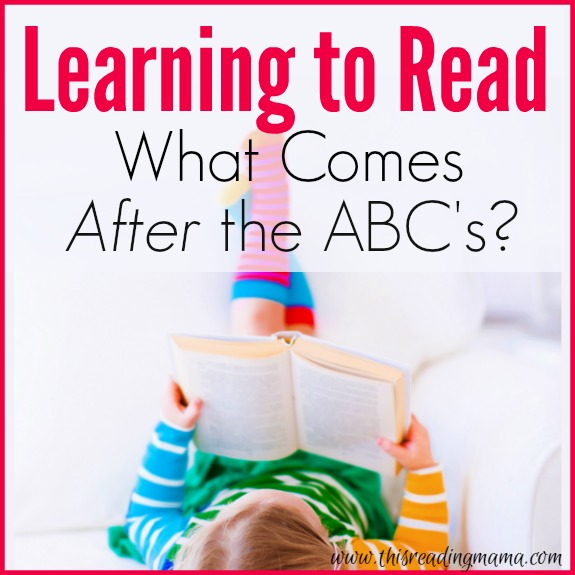
Resources for After the ABCs
Reading the Alphabet: A reading curriculum designed just for {very} beginning readers…after the ABC’s
Learn to Read: a word family curriculum, which can follow right after Reading the Alphabet.
~Becky
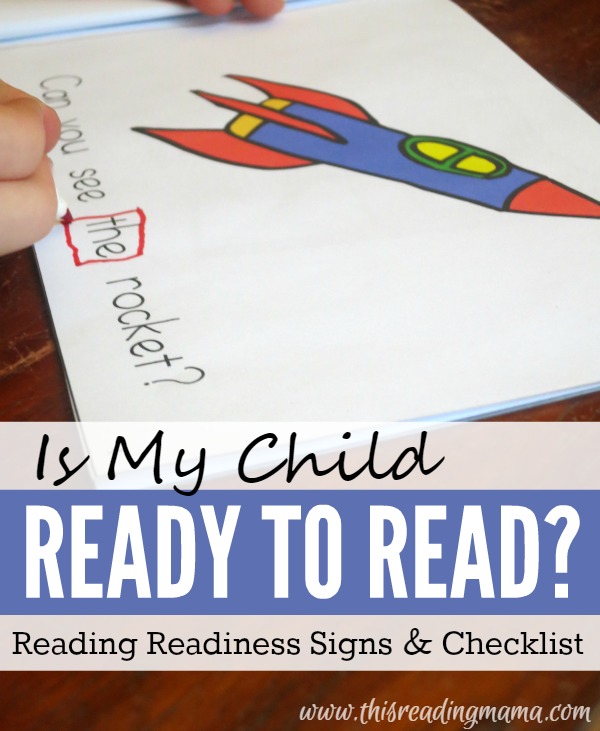
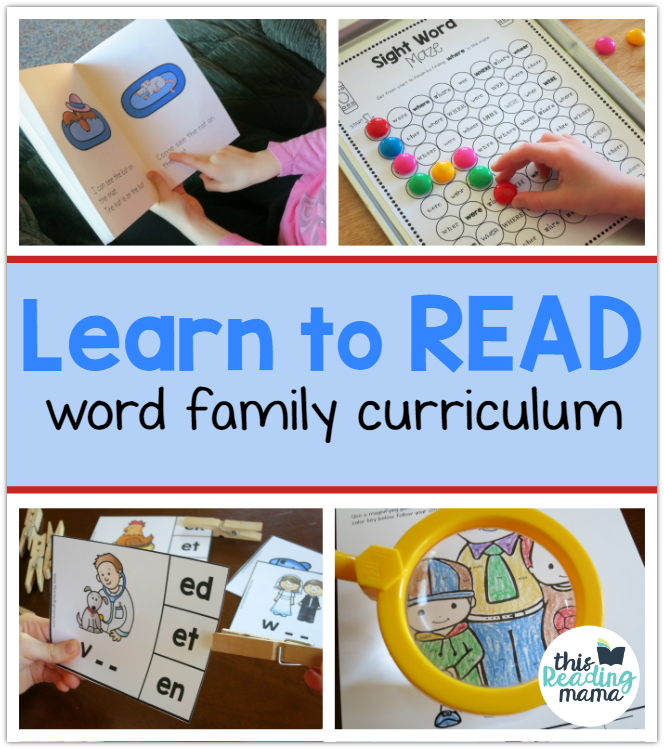
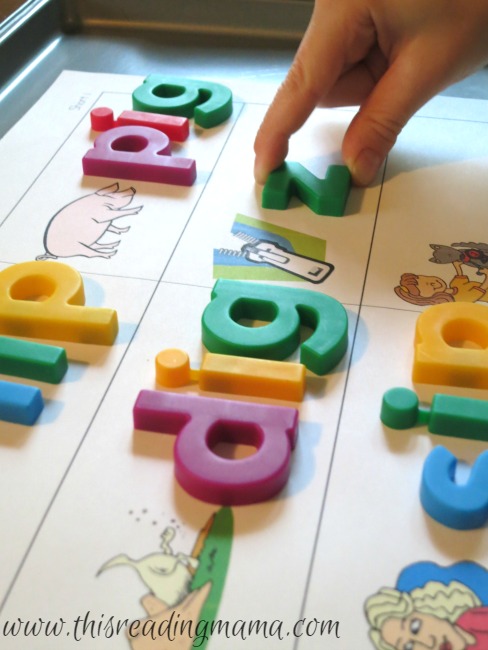
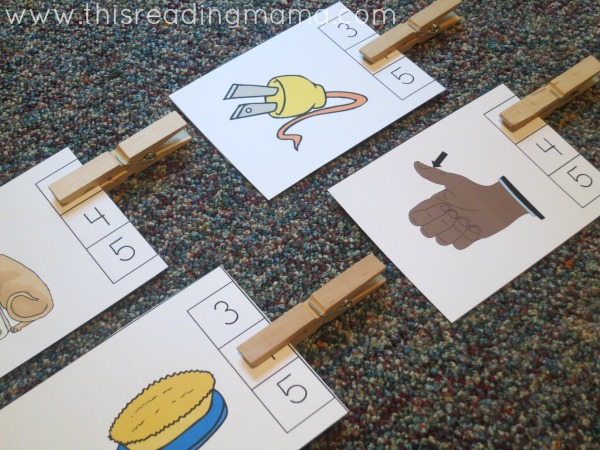
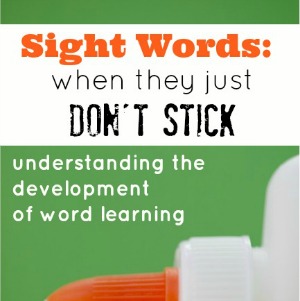
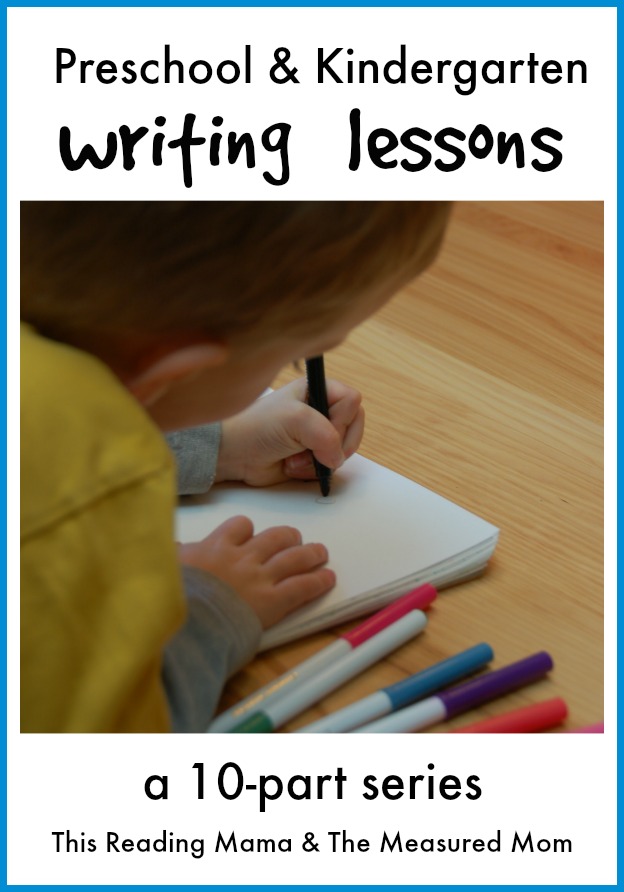
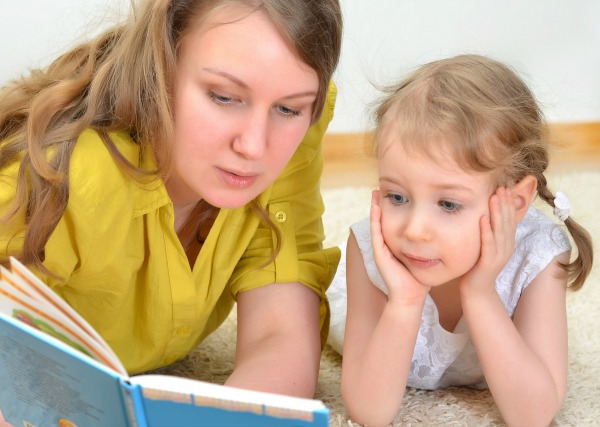
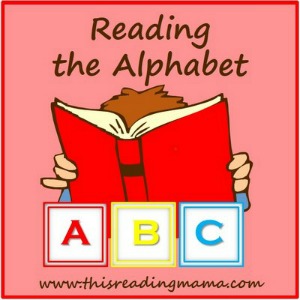
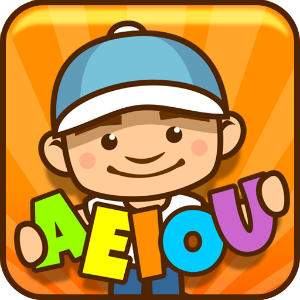


SO well done! Sharing on Facebook and pinning. Will be directing readers here!
Wow, what an amazing wealth of information! I cannot thank you enough for writing this! This is this something that I am going to come back to time and time again, a very timely resource for me and one that I am going to share! Thank you SO much!
This post came at just the right time. I’ve been working with my four year old grandson on short vowel and letter sounds and was thinking word families would be the next logical step. BTW, I have my 6 year old playing with your short vowel app and he is enjoying it. I think it’s time to introduce it to the 4 year old too.
This is exactly what I needed! My son has been ready for this for awhile but I had no idea where to start. Thank you!
Awesome!
Excellent information. I like how you scaffold from beginning to complex skills.
Thanks!
After the Learn to Read curriculum, what material do you recommend for children to work on? Thank you so much, I’m learning a lot from your website. 🙂
I don’t have a curriculum I’ve created beyond this point, but there are plenty of phonics printables on my free printables page. If you want to know what order I recommend, here is a post that might help-> https://thisreadingmama.com/k-2-phonics-skills-list-printable/
An amazing article. Thank u for sharing